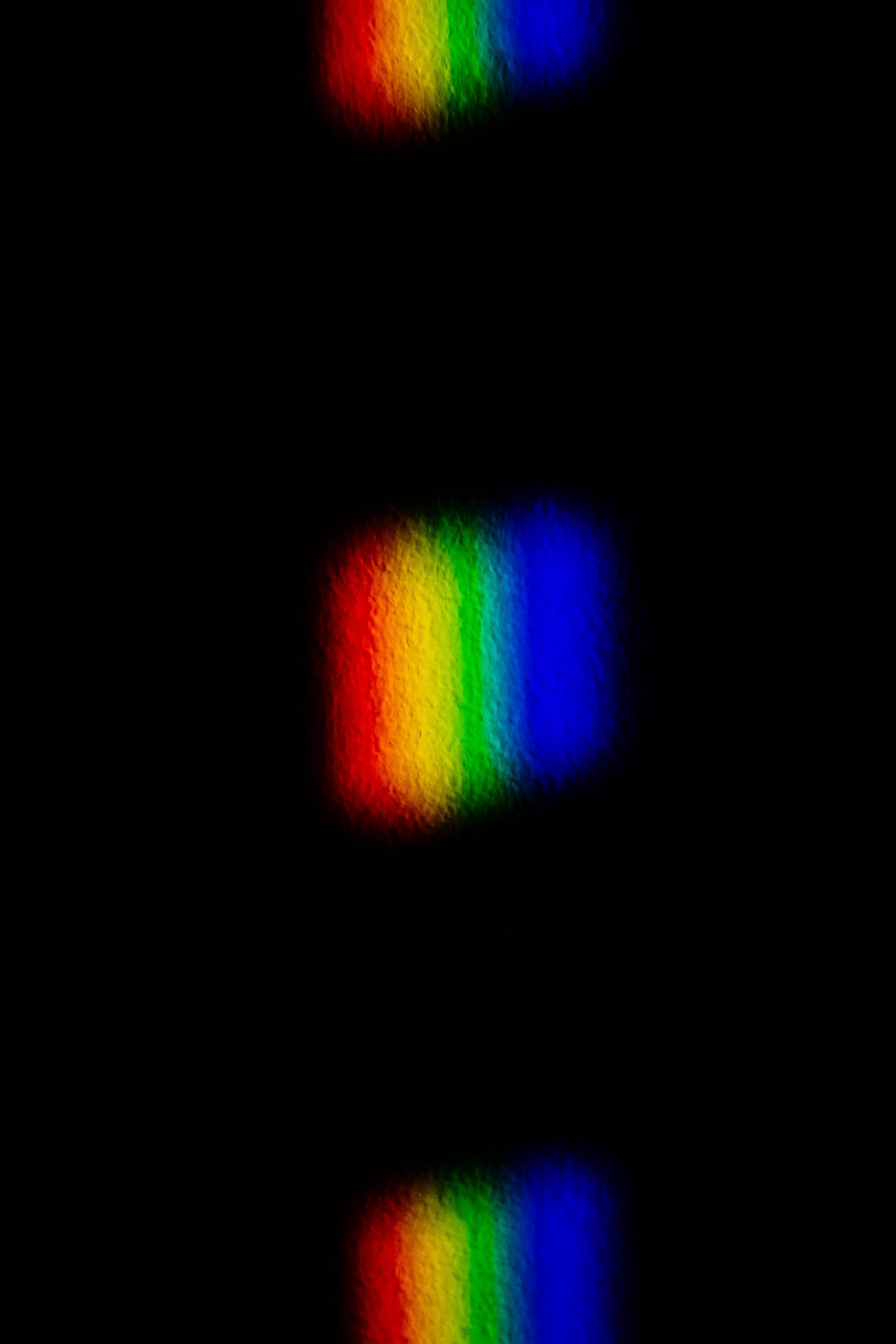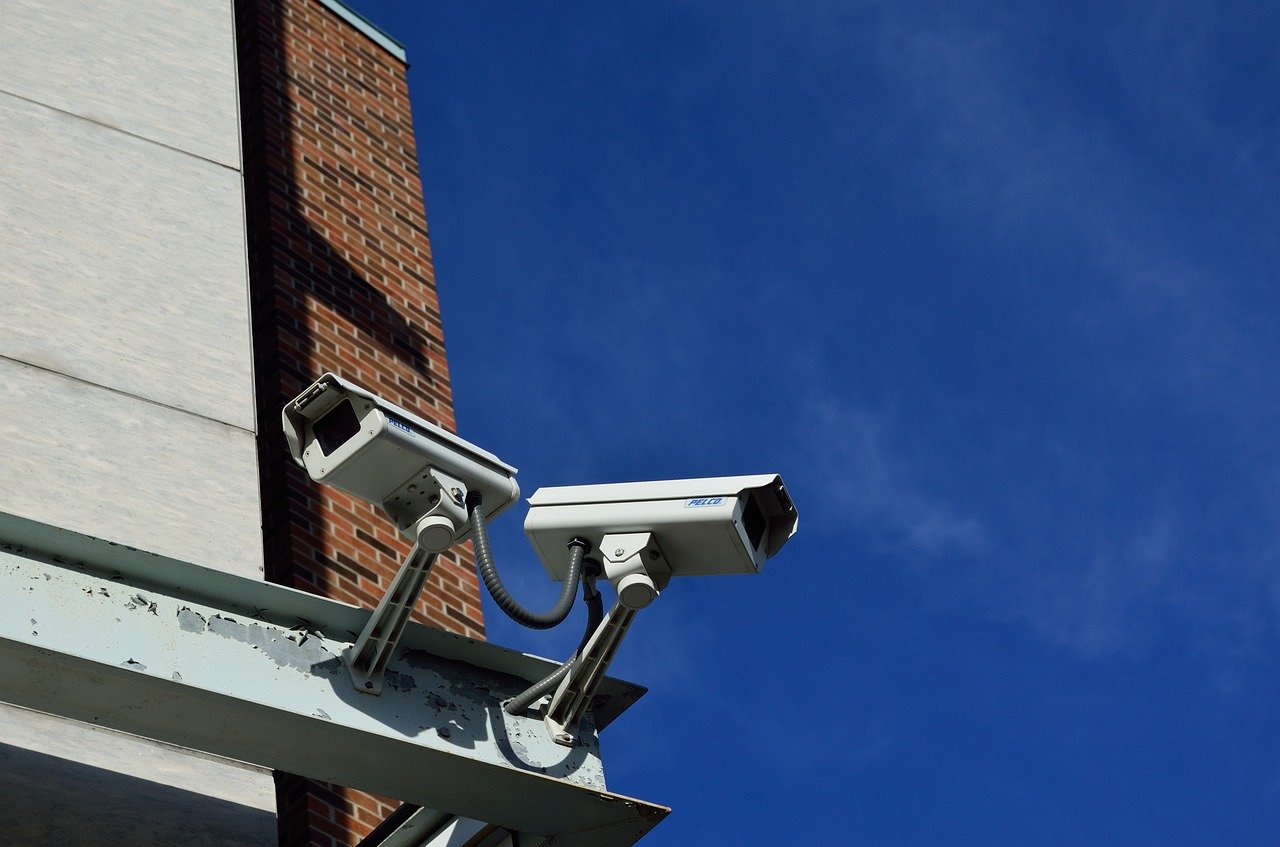Last Updated on: 22nd November 2023, 08:02 pm
Spectrometers are deployed in various industrial and commercial sectors where precise optical parameters are required to meet design specifications and health and safety regulations. There’s often confusion between a spectrometer and a spectrophotometer. A spectrometer measures the reflection of light by an object, while a spectrophotometer evaluates the full-color spectrum and spectral data that are invisible to the human eye. All spectrophotometers encompass a spectrometer but also feature a light source for sample illumination.
Spectrometers can measure and provide quantitative analysis for just about anything, including but not limited to liquids, plastics, fabric, metal, and paper. Regardless of what kind of laboratory you need it for, if you’re in the market for a spectrometer, consider the range of wavelengths you must measure, the size and weight of the instrument, and its data collection capabilities. Infrared, near-infrared, and Raman spectrometers have the potential for fantastic business benefits, yet they often fail to deliver. The question now is: Why? Because we don’t always follow the best practices.
Here’s what you need to do to ensure flawless precision in measurement by a spectrometer.
Pay Close Attention to Sample Preparation
Sample preparation makes the matrix more suitable for analysis by eliminating interfering elements, improving accuracy, and minimizing the risk of result distortion. Therefore, ensure the sample is optimized prior to measurement. The spectrometer doesn’t discriminate between the sample of interest and contaminants that absorb the same wavelengths, such as solvent clusters, fatty acids, or metal ions, to name but a few. If you’re using cuvettes and reusable test tubes, be certain they’re clean, rinsing each one with deionized water. When cleaning the spectrometer, it’s paramount to follow the best practices outlined in the user’s manual to avoid damaging the device.
Establish Or Validate Existing Analytical Procedures
If the procedure is set up correctly, it can save your company a lot of time and money (and avoid errors). Write down your requirements for the spectrometer and have a good understanding of what investigations can be undertaken once it’s operational. The work must be planned in advance, and you must allow time for all these activities. Documenting user needs offers no guarantee the system will deliver the desired results, so become familiar with its limitations. For many applications, spectrometers don’t come with ON buttons, so if your laboratory wants to use the device for a specific analytical procedure, first see if it can do the job.
Although spectrometers are helpful in scientific experiments, they’re mostly used in manufacturing as a quality control measure. For example, a spectrometer can be used in the control of intermediate products in the chemical and food industry. If you want to validate the identity of chemicals entering a warehouse, it’s necessary to generate a spectral library that will leverage the instrument and the software of your choice. Spectrometry is non-destructive, which makes it cost-effective, particularly if the sample that must be analyzed is scarce. A spectrometer is automated, so it eliminates the possibility of human error during the process and ensures accuracy.
Correct The Natural Drift That Occurs Over Time
If the spectrometer is calibrated, no defects are present because it’s set back to zero. With time, spectrometers naturally deviate on account of environmental effects and influences, but this problem can be addressed by regular wavelength calibration. Calibrate your instrument at the beginning of each project for accurate results. Turn the device on and let it warm for a few minutes, alter the chamber light to the desired wavelength on the spectrometer, and prepare a blank – it’s the reference measure of the buffer the sample is solved in. Once you’ve loaded the blank into the spectrometer’s chamber, wait for the measurement to stop. Finally, yet importantly, press “zero” to calibrate the instrument.
By comparing the measured wavelength to the known wavelength, you can pinpoint the drift. The wavelength calibration process rectifies the energy at the analogous position as part of subsequent calibration data processing. Generally speaking, the calibration standards for testing wavelength accuracy can also be evaluated for slit widths that deflect from the certificate. Since wavelength calibration standards are part of accuracy in spectrometry, they must have high levels of purity. Equally, the analytical standards must have low reactivity so as to avoid unplanned reactions.
Ensure Proper Operating Temperatures
Temperature can affect spectrometer readings, as it changes the structure of certain molecules, which in turn change their optical properties. As a result, a stable operating environment is of the essence for achieving trustworthy and precise color measurements. Temperature increases absorption at every wavelength, meaning that more energy is needed at a higher temperature. Besides temperature, humidity, moisture, and sun exposure can affect spectrometer color matching, having negative effects on the quality of your products. But how do you know for sure if the color-matching results are affected by environmental conditions?
If your spectrometer isn’t working as it should, you’ll get inconsistent readings. More exactly, the comparison of the measured results of different optical parameters will reveal differences in accuracy. You might notice significant variations when assessing different samples from the same batch. The way your spectrometer presents itself also matters when it comes to the precision of your readings. For example, the spectrometer won’t yield the best results if the aperture lens features smudges and imperfections due to heat and humidity. The purpose of the aperture lens is to limit the spatial distribution of the light coming through and define the light required to illuminate the sample.
Conclusion
Spectrometers are used to separate, quantify, and analyze the spectral characteristics of a light source, guaranteeing industry-specific insights based on wavelength intensity or frequency. Although there are many types of spectrometers used for commercial chemical testing purposes, the spectrophotometer is the most common variant. In this article, we’ve looked at some of the factors that are imperative for the effective and efficient deployment of spectrometers within an organization. With time, you’ll develop expertise, handling the most challenging applications and ensuring the highest performance. Adopting the aforementioned tips will deliver additional confidence in your measurements.









